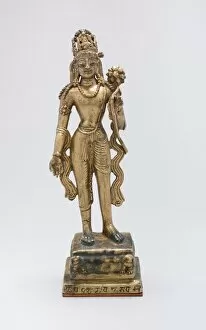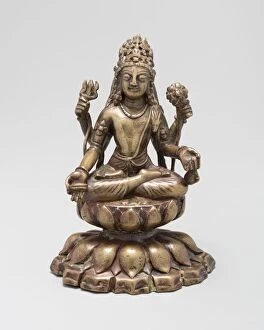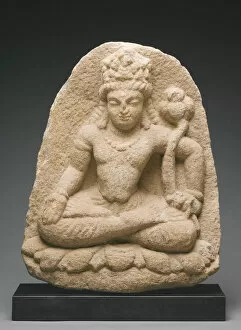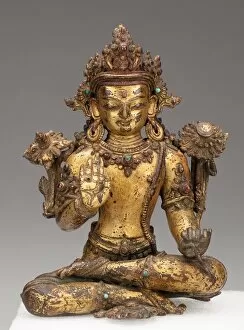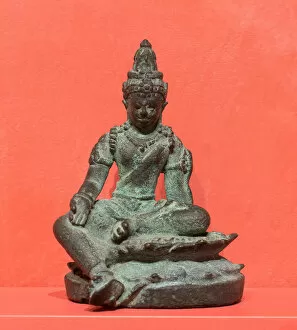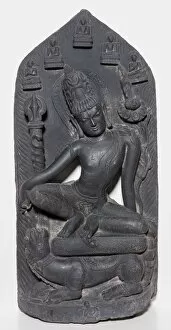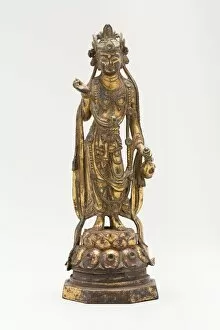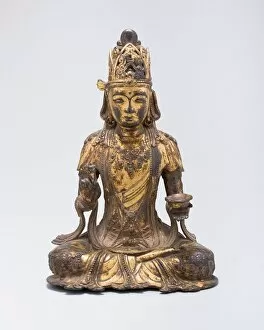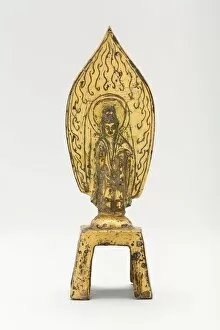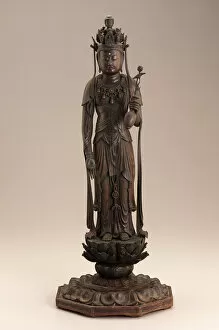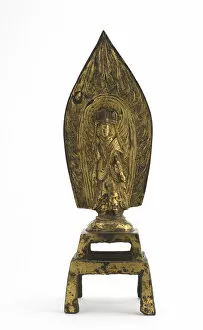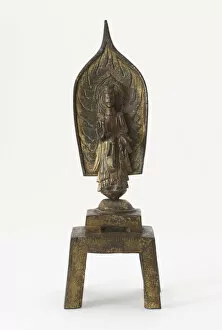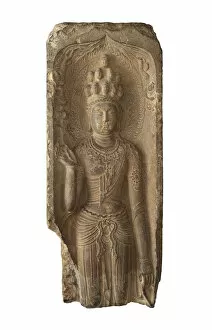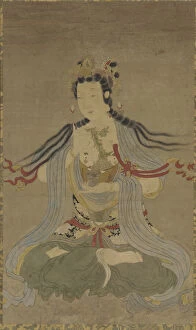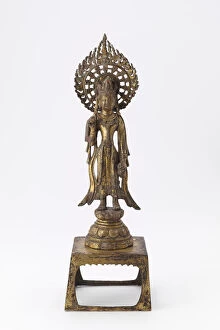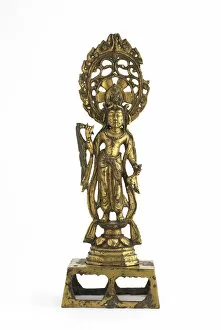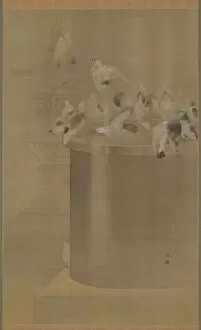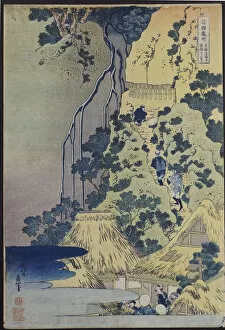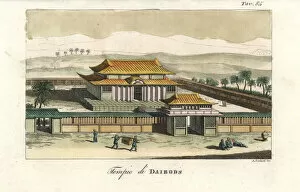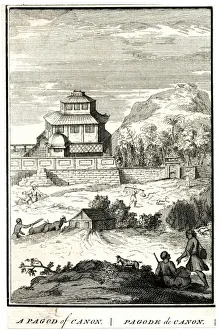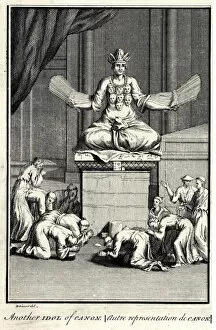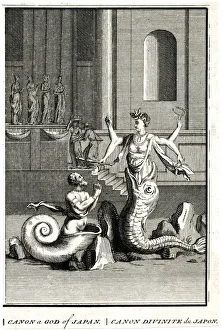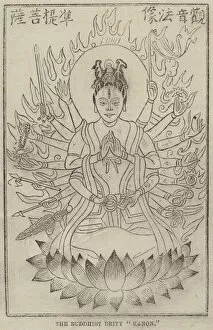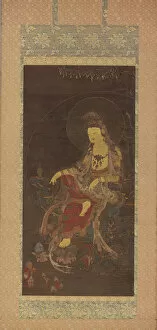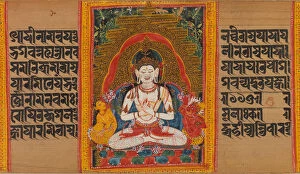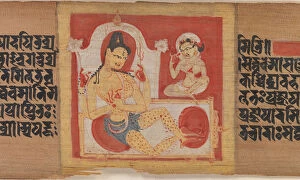Kannon Collection (#2)
"Exploring the Divine: Kannon and the Spiritual Wonders of Tokyo" Immerse yourself in the enchanting world of Kannon, the Buddhist goddess of compassion
For sale as Licensed Images
Choose your image, Select your licence and Download the media
"Exploring the Divine: Kannon and the Spiritual Wonders of Tokyo" Immerse yourself in the enchanting world of Kannon, the Buddhist goddess of compassion, as you wander through Asakusa Park in Tokyo. At its heart lies the magnificent Senso-ji Temple, adorned with a giant red lantern that illuminates both day and night. As you approach this sacred site, a silhouette of a Japanese Pagoda stands tall against the sky, evoking a sense of tranquility and ancient wisdom. Inside the temple awaits an extraordinary masterpiece - Water-moon Avalokiteshvara. Created by an unknown artist during the 14th century, it exudes grace and serenity. Delve deeper into Kannon's teachings by exploring "Universal Gateway, " Chapter 25 of the Lotus Sutra. Dating back to 1257 and crafted by Sugawara Mitsushige, this profound scripture reveals insights into enlightenment and liberation. Witness another facet of Kannon's embodiment through "White-Robed Kannon. " Painted around 1887 by Kawanabe Kyosai, this artwork portrays her compassionate nature with delicate brushstrokes that capture her essence. Venturing beyond Senso-ji Temple's main grounds brings you to Hozomon - an inner gate guarded by cherry blossoms alongside a five-story pagoda. The sight is nothing short of breathtaking; it encapsulates Japan's rich cultural heritage amidst natural beauty. Don't miss out on experiencing other sacred destinations along Japan's Saikoku Pilgrimage Route. Marvel at Utagawa Kunisada's intricate prints depicting Mount Nachi in Kii Province or Mount Hokke in Harima Province – both revered stops on this spiritual journey. Ishiyama Temple in Omi Province also beckons pilgrims seeking solace within its hallowed walls. Kannon invites all who seek solace to embark on a spiritual odyssey through these remarkable landmarks.







